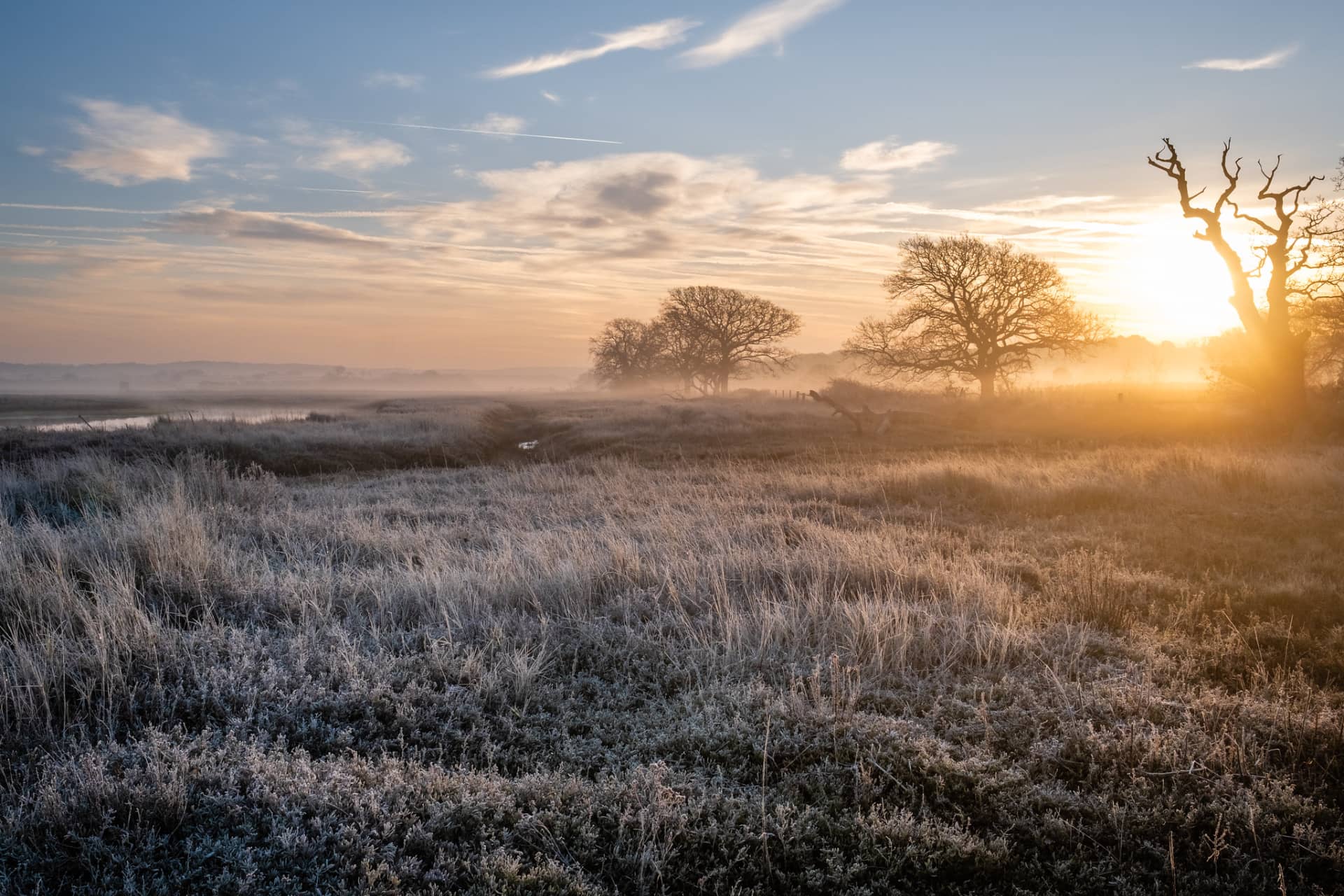Whilst sitting in the warm sun looking down on Ventnor beach this afternoon (Friday) we received word of hail and sleet in Yarmouth.
So it’s not surprising to receive news from the Met Office that was the coldest April since 1922.
They say,
“April 2021 had the lowest average minimum temperatures for April in the UK since 1922, as air frost and clear conditions combined for a frost-laden, chilly month, despite long hours of sunshine.
“Early provisional figures from the Met Office’s National Climate Information Centre indicate that April had the third lowest average UK minimum temperature for the month since records began in 1884, while Wales, Scotland and England all reported their figures in their top five lowest ever recorded.
“Average daily maximum temperatures were also below normal, but not by as much as the minimum temperatures.”
Highest level of air frost in 60 years
They went on to say,
“It had already been reported that April had seen its highest level of air frost in 60 years, with an average of 13 days of air frost topping the previous record figure of 11 days in 1970 (records for air frost go back to 1960).
“This number of air frosts is more typical for December, January or February, whereas the average number of air frosts in April is five days. For gardeners and growers there were also a record high number of ground frosts with 22 days this month compared to an average of 12 days. “
One of the driest Aprils on record
As well as colder temperatures in some places, April 2021 will be remembered as being a dry month for many places, as a small showery spell in the last week of the month did little to offset the long dry spells for many, and it will be one of the driest Aprils on record.
The dry and frosty conditions have provided challenges for the country’s gardeners, according to Chief Horticulturist at the Royal Horticultural Society, Guy Barter. He said,
“Considerable damage has been experienced in many gardens with flowers such as camellia and magnolias being scorched. Watering before sowing and after planting are now necessary, but after such a wet autumn and winter there is plenty of water lower down in the soil that established plants can access.”
Growers are being advised to keep tender plants inside for now, or to cover with cloches or horticultural fleece if they do need to go out, as there remains a risk of frost ahead for many.
Source: The Met Office
Image: © Nick Lowe





